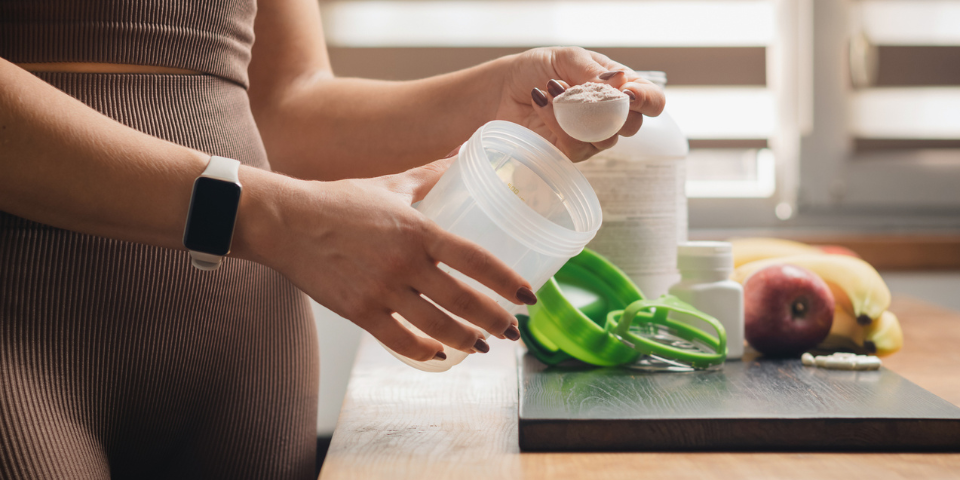If you’re curious about creatine loading, it’s important to understand the basics before diving in. Creatine monohydrate is one of the most researched and effective supplements in the world of sports nutrition. It has been shown to enhance strength, muscle growth, and athletic performance by providing the necessary fuel for high-intensity efforts.
Many trainers and nutritionists recommend a creatine loading phase followed by a maintenance phase. But what exactly is creatine loading, and is it worth doing?
Creatine loading involves taking a higher initial dose of creatine for a short period to saturate your muscles before transitioning to a lower maintenance dose. This helps to quickly replenish your cellular stores of creatine, making more of it available during exercise.
Typically, it can take a month or more of regular creatine supplementation to see significant results. Creatine loading, on the other hand, can help you reach optimal levels in just a week. During the loading phase, you would take up to 20 grams of creatine per day for the first seven to 10 days, then taper down to a maintenance dose of around five grams per day.
While creatine loading can be effective, it’s important to be aware of potential side effects. The most common side effect reported is water retention, which can lead to bloating and frequent urination. To minimize these effects, it’s recommended to spread out your creatine intake throughout the day.
Ultimately, creatine is not a necessity for achieving your fitness goals, but it can certainly help you reach them faster. If you’re looking to maximize muscle growth and strength, creatine should be a top consideration. Most users experience improvements in strength, performance, and muscle mass with minimal side effects.
In conclusion, creatine loading can be a useful strategy for quickly boosting your creatine levels and enhancing your athletic performance. Just be sure to follow recommended dosages and listen to your body to ensure a smooth transition into a maintenance phase.


